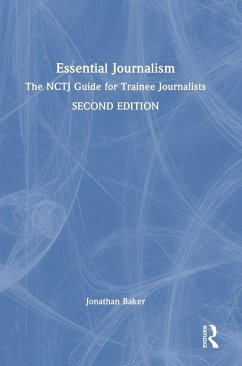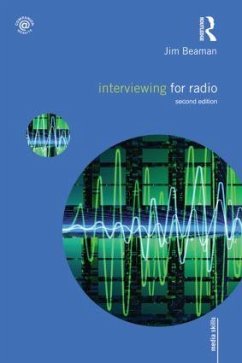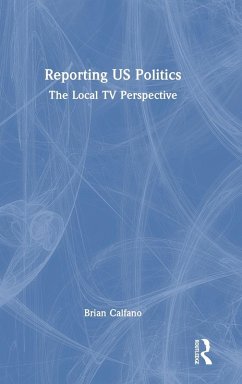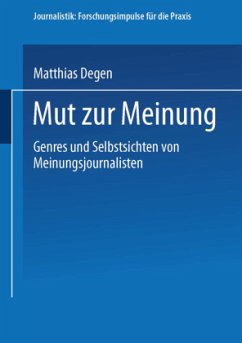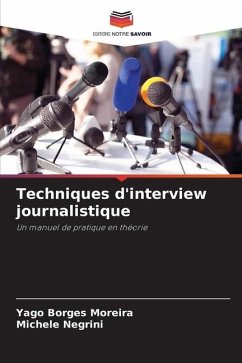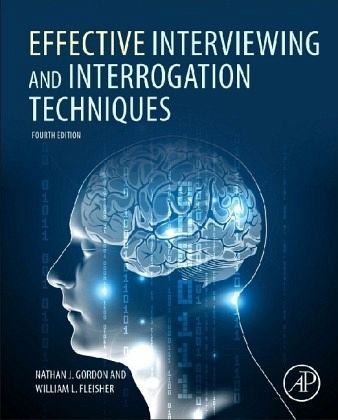
Effective Interviewing and Interrogation Techniques

PAYBACK Punkte
42 °P sammeln!
This practical manual describes the Forensic Assessment Interview Technique and Integrated Interrogation Technique (IIT) developed at the Academy for Scientific Investigative Training and used by forensic practitioners and investigators to detect truth or deceptive behavior. The 3rd edition will expand chapters on Torture; Assessing the Interview; Statement Analysis and the Morgan Interview Thematic Techniques and Interrogation. This edition will also include an online workbook as a supplement to the book, which will provide the reader with practical exercises to enhance the skills acquired from reading the book.
Effective Interviewing and Interrogation Techniques believably answers the question, How do you know when someone is lying? It also provides a guide for interviewing probable suspects and interrogating likely perpetrators on techniques and tradecraft.
This book covers topics about searching for truth and revealing lies. It presents forensic assessments based on psychophysiology, and assessments on the basis of non-verbal behavior. The book also covers interview and interrogation preparation, as well as question formulation. It discusses the Morgan Interview Theme Technique or MITT, and the Forensic Assessment Interview or FAINT. The book addresses techniques for interviewing children and the mentally challenged, and offers information about pre-employment interviews. It also explains how to understand aggressive behavior and how to deal with angry people. The book concludes by presenting future methods for searching for the truth.
Law enforcement and security professionals, as well as prosecutors, criminal defense lawyers, and civil litigators will find this book invaluable.
This book covers topics about searching for truth and revealing lies. It presents forensic assessments based on psychophysiology, and assessments on the basis of non-verbal behavior. The book also covers interview and interrogation preparation, as well as question formulation. It discusses the Morgan Interview Theme Technique or MITT, and the Forensic Assessment Interview or FAINT. The book addresses techniques for interviewing children and the mentally challenged, and offers information about pre-employment interviews. It also explains how to understand aggressive behavior and how to deal with angry people. The book concludes by presenting future methods for searching for the truth.
Law enforcement and security professionals, as well as prosecutors, criminal defense lawyers, and civil litigators will find this book invaluable.





